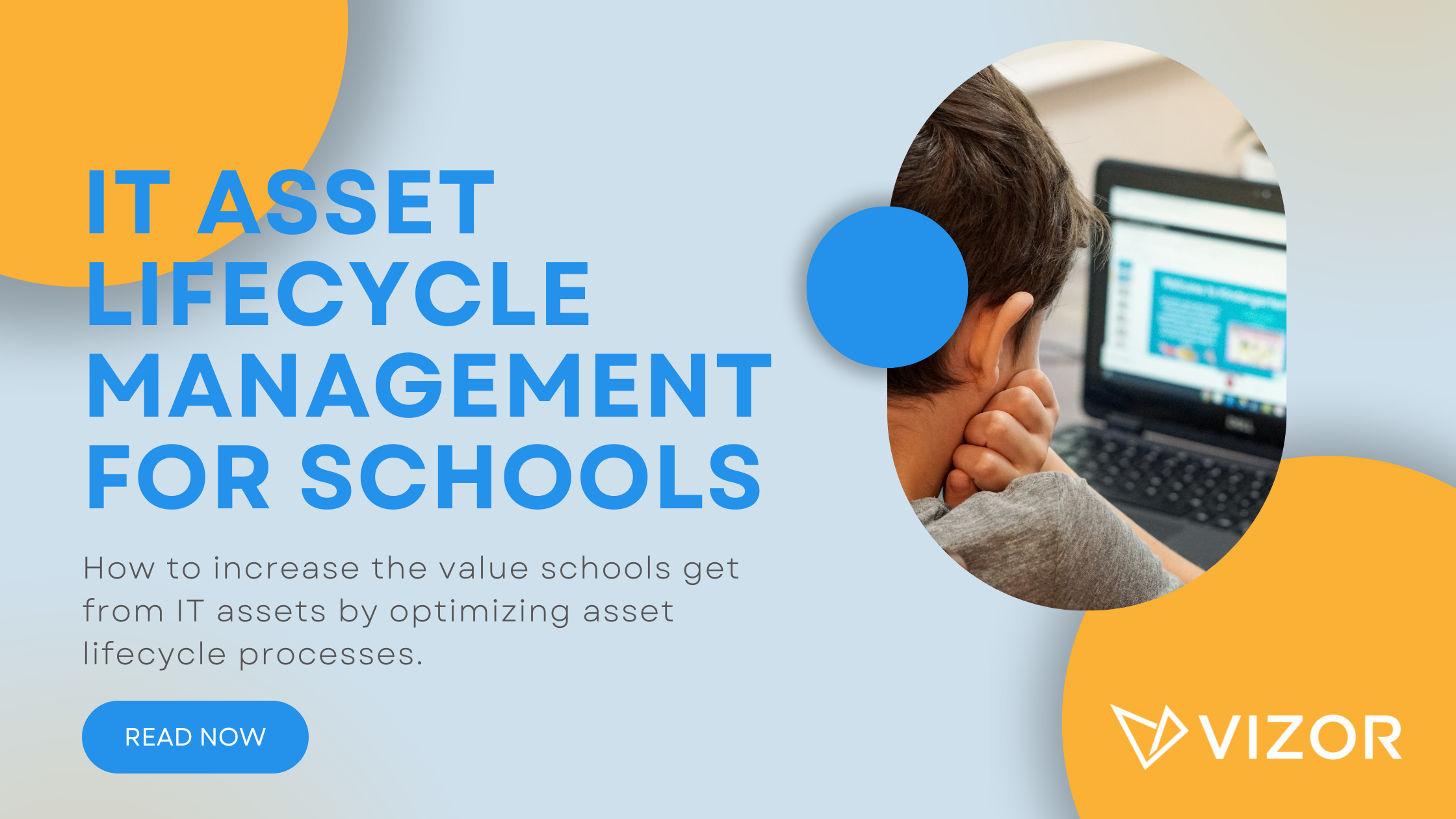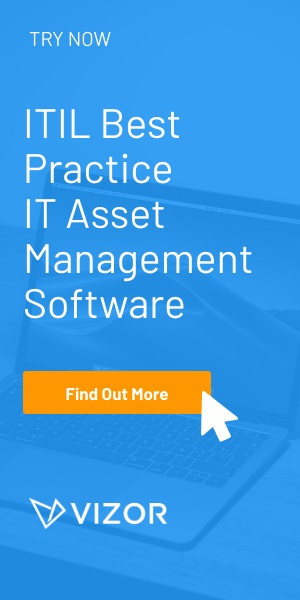What are IT Asset Management Processes?
IT Asset Management (ITAM) is the management of the hardware and software assets in an organization. After investing time and money in an IT Asset Management strategy, you want to take advantage of its core processes to increase the overall productivity of the organization, remain vendor compliant and reduce IT costs. For example, Gartner claims that an organization can experience up to a 30% reduction in costs within the first year of use of an ITAM strategy and continue saving between 5-15% for the next 5 years.
The following are other benefits of having an ITAM strategy:
1. Determines the value attached to the IT Assets within the organization, as it affects the bottom line
2. Monitors asset circulation and use of the assets to ensure there are enough to execute the business functions of the organization
3. Creates a reliable source of accurate data to make informed decisions
4. Establishes business processes to improve IT services and overall productivity within the organization
Learn about VIZORTry VIZOR Online
Now let’s review the processes your ITAM strategy should include to maximize the previous benefits of your ITAM investment.
1. Track The Complete IT Asset Lifecycle
One of the main processes of IT Asset Management is tracking the complete lifecycle of your assets. This includes employee requests for a new asset, management approval, procurement, provisioning, recycling, and retirement. An ITAM strategy helps establish the proper procedures for these processes to unfold smoothly. For example, having a request portal for employees to request a new piece of hardware ensures that IT is aware of all the hardware needed within the organization. This eliminates the possibility of shadow IT, which is not informing IT of new software or hardware within the organization. It also helps IT start the approval process as well as the procurement process. Managing every part of the asset lifecycle assist IT with providing employees with a quality service and keeps them informed to make the right decisions.
2. Check-In/Check-Out Equipment Loan
Several organizations have the opportunity to lend devices to employees. This can include borrowing a laptop, tablet or cellphone. An ITAM strategy establishes all the procedures for such a program. For example, IT has to track who borrows which device and when it is due. This ensures employees are held accountable and therefore helps reduce any security risks. It also helps IT maintain control of all the devices belonging to the organization for it is their responsibility for the distribution and keeping them safe. An ITAM tool can even streamline these processes and track the program’s success regarding borrowing, maintenance, repairs and solving incidents.
3. Know Who Has What
Similar to when an organization lends devices, IT needs to know which assets- hardware and software- are allocated to which employees. For accountability reasons and tracking purposes, this allows IT to closely monitor the assets for when they need repairs, upgrades or replacement. This proactive approach extends their lifetime value and helps monitor their depreciation. This is also a great security measure for when employees leave the organization. IT knows exactly what that employee had access too and will be able to salvage the software on the computer and reuse the hardware.
4. Asset Location Tracking
A great part of an ITAM strategy is locating your assets, geographically. Although hard to do manually, an ITAM tool can easily track where your assets are located across the organization’s locations. It is especially beneficial when an organization operates in multiple cities. By tracking asset location, you will be able to better maintain inventory, know which assets are available at all times and where they can be distributed. For example, you might count 100 available laptops but realize they are stored in the Ohio campus as opposed to the Washington campus where you need them.
Need a IT Asset Management Tool?





